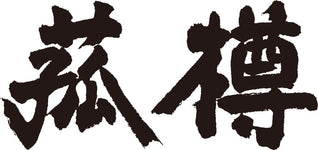welcome to our store
welcome to our store
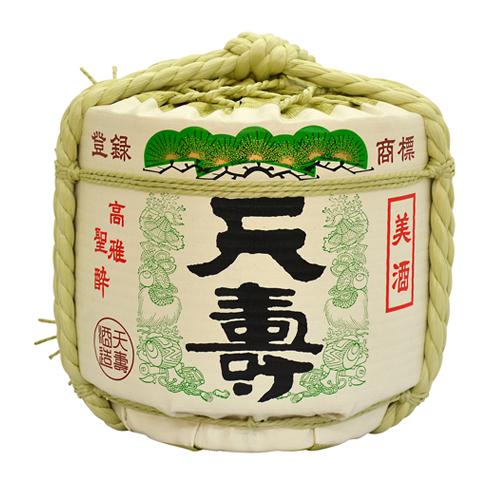 Sale
Sale
The late Edo period, founded in Bunsei 13 (1830).The head of the company claims to be Eikichi from generation to generation, and the sixth generati...
View full details Sale
Sale
The late Edo period, founded in Bunsei 13 (1830).The head of the company claims to be Eikichi from generation to generation, and the sixth generati...
View full details Sale
Sale
Founded in the first year of Ganji (1864) at the end of the Edo period.It occurred in the Kusu Basin, where the subsoil water that springs out from...
View full details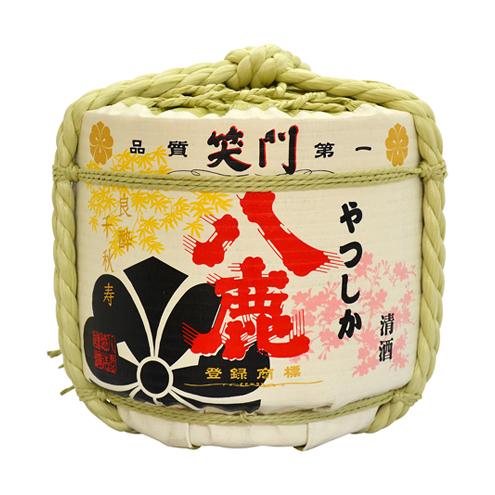 Sale
Sale
Founded in the first year of Ganji (1864) at the end of the Edo period.It occurred in the Kusu Basin, where the subsoil water that springs out from...
View full details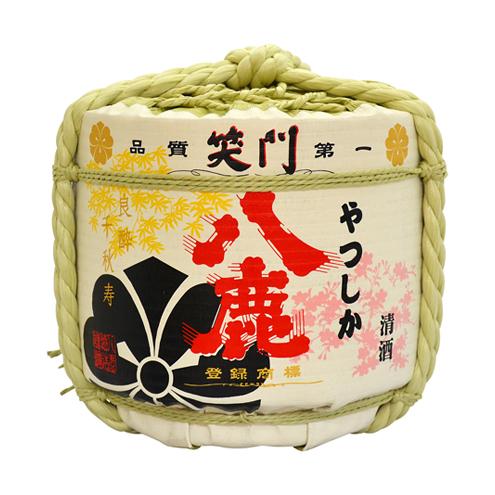 Sale
Sale
Founded in the first year of Ganji (1864) at the end of the Edo period.It occurred in the Kusu Basin, where the subsoil water that springs out from...
View full details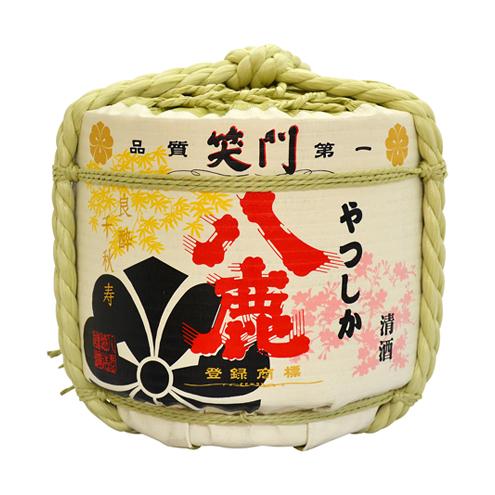 Sale
Sale
Founded in the first year of Ganji (1864) at the end of the Edo period.It occurred in the Kusu Basin, where the subsoil water that springs out from...
View full details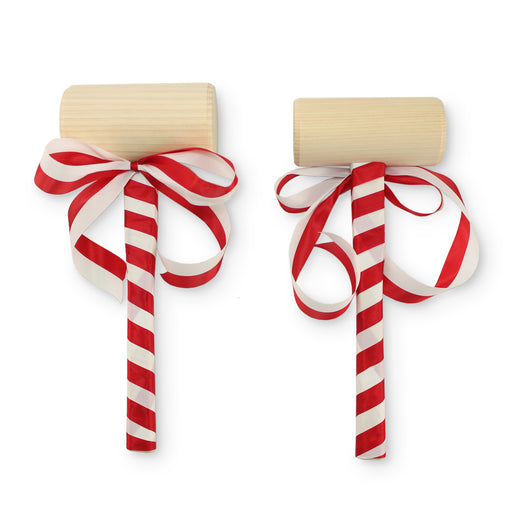 Sale
Sale
A wooden mallet made from Japanese cypress, wrapped in a ribbon. At the "kagami biraki" (sake-barrel ceremony), this mallet is essential for break...
View full details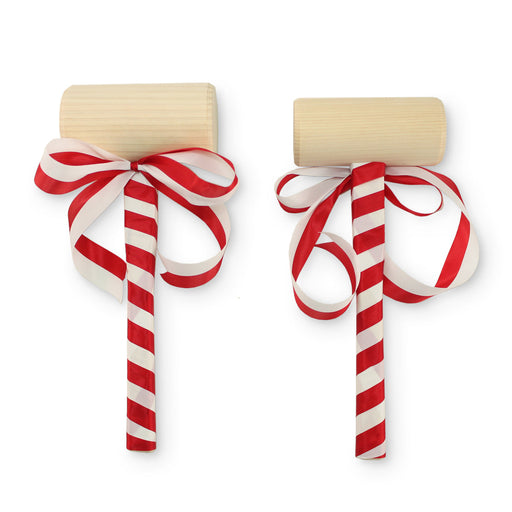 Sale
Sale
A wooden mallet made from Japanese cypress, wrapped in a ribbon. At the "kagami biraki" (sake-barrel ceremony), this mallet is essential for breaki...
View full details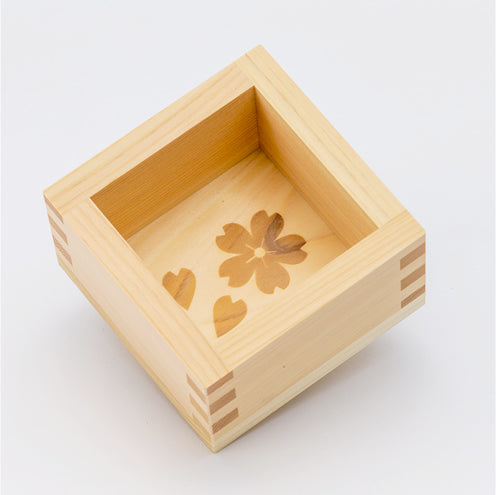 Sale
Sale
" Insole branding iron Masu(cherry blossoms)" is a traditional Masu with a scent of Japanese cypress, which is carefully branded with cherry blosso...
View full details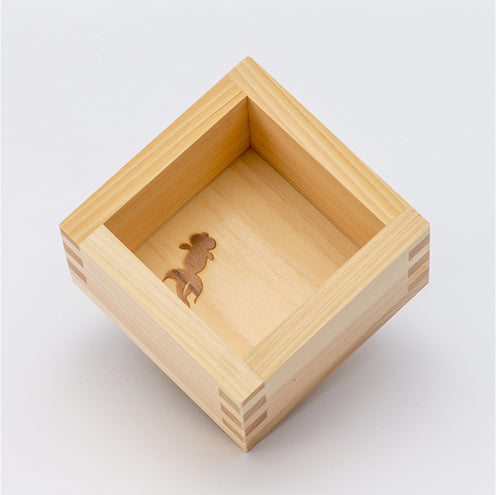 Sale
Sale
" Insole branding iron Masu (Demekin:Popeyed goldfish)" is a traditional Masu with a scent of cypress, which is carefully branded one by one. When ...
View full details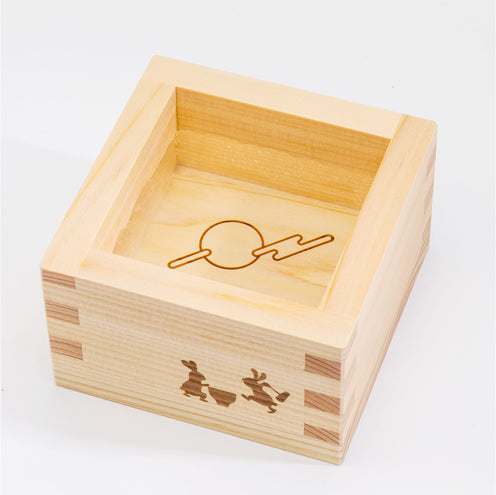 Sale
Sale
The " Insole branding iron Masu(moon and rabbit)" is a traditional Masu with a scent of Japanese cypress, with a moon on the insole and a rabbit br...
View full details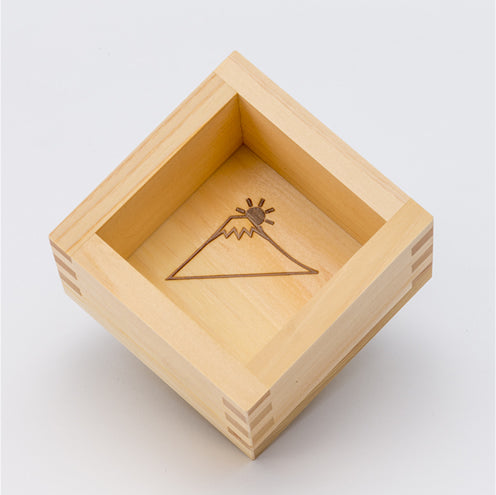 Sale
Sale
" Insole branding iron Masu (Mt. Fuji)" is a traditional Masu brand with a scent of Japanese cypress, which is carefully branded with Mt. Fuji. Whe...
View full details Sale
Sale
It is a vessel that you can easily take in the traditional Japanese rituals such as drinking alcohol and "drinking with a sake cup". Please use by ...
View full details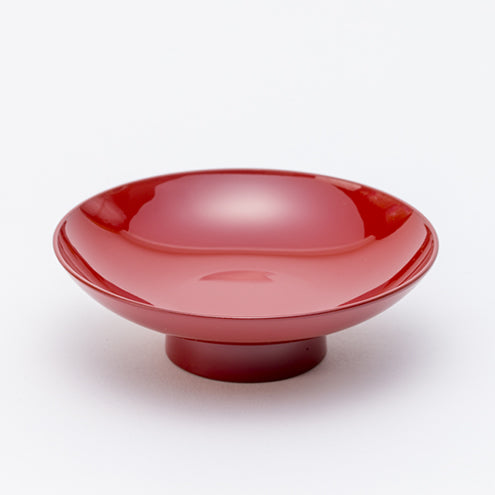 Sale
Sale
It is a vessel that you can easily take in the traditional Japanese rituals such as drinking alcohol and "drinking with a sake cup". Please use by ...
View full details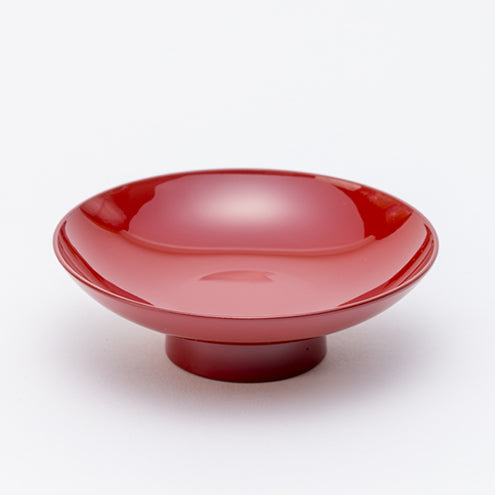 Sale
Sale
It is a vessel that you can easily take in the traditional Japanese rituals such as drinking alcohol and "drinking with a sake cup". Please use by ...
View full details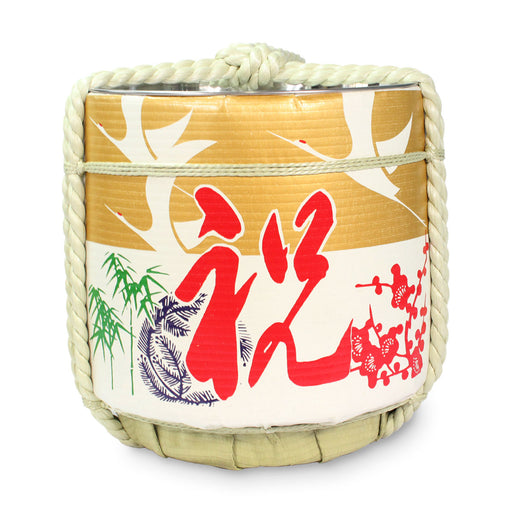 Sale
Sale
"Shochikubai" (pine, bamboo and plum) are depicted in three colors under cranes flapping its wings against a golden sky.A crane is a lucky charm th...
View full details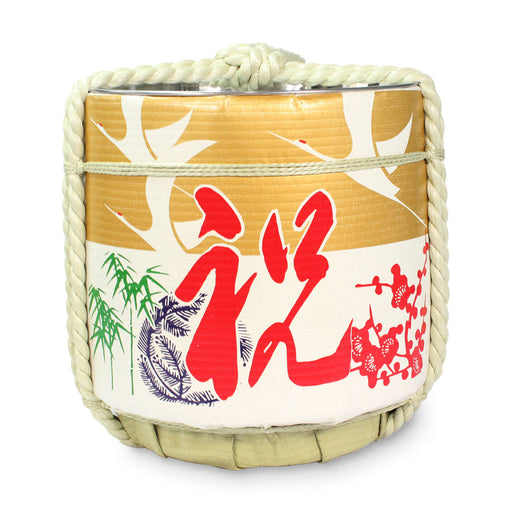 Sale
Sale
"Shochikubai" (pine, bamboo and plum) are depicted in three colors under cranes flapping its wings against a golden sky.A crane is a lucky charm th...
View full details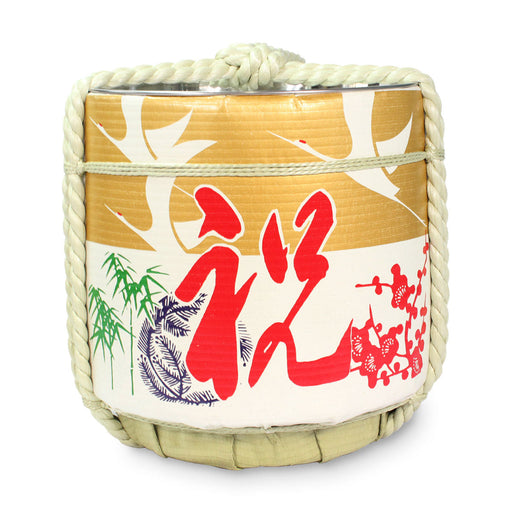 Sale
Sale
"Shochikubai" (pine, bamboo and plum) are depicted in three colors under cranes flapping its wings against a golden sky.A crane is a lucky charm th...
View full details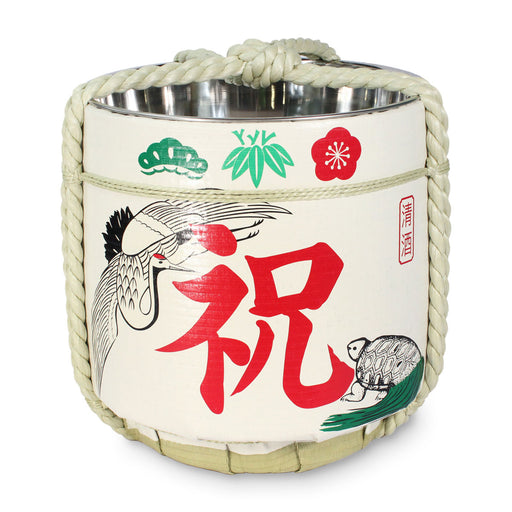 Sale
Sale
A crane is a symbol of longevity and matrimonial happiness.A tortoise is a creature thought to bring about good fortune.Featuring these two lucky c...
View full details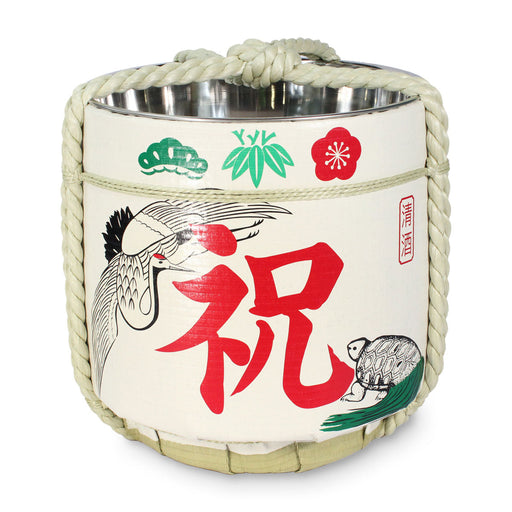 Sale
Sale
A crane is a symbol of longevity and matrimonial happiness.A tortoise is a creature thought to bring about good fortune.Featuring these two lucky c...
View full details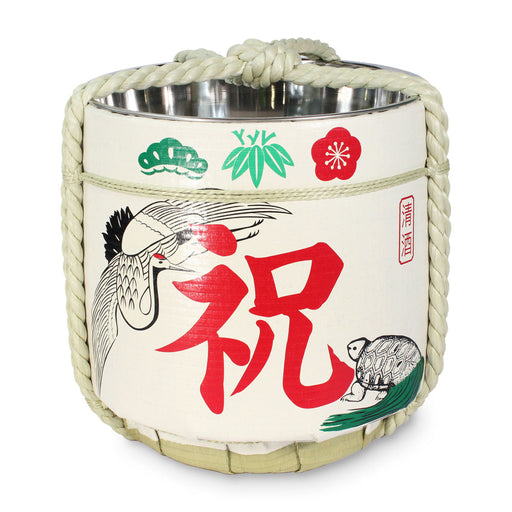 Sale
Sale
A crane is a symbol of longevity and matrimonial happiness.A tortoise is a creature thought to bring about good fortune.Featuring these two lucky c...
View full details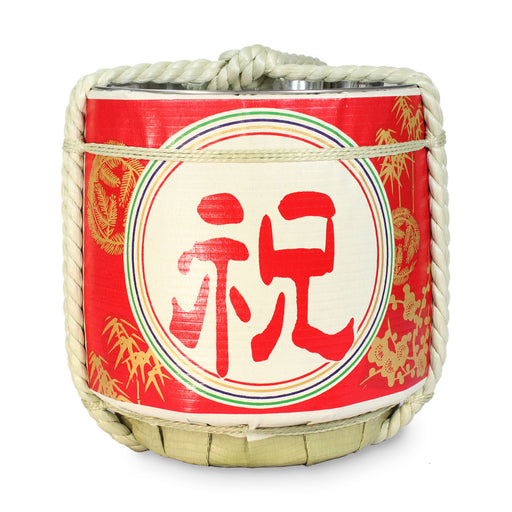 Sale
Sale
The golden designs of the lucky motif, "Shochikubai" (pine, bamboo and plum) are depicted on a red background. The kanji character, "Iwai" is simpl...
View full details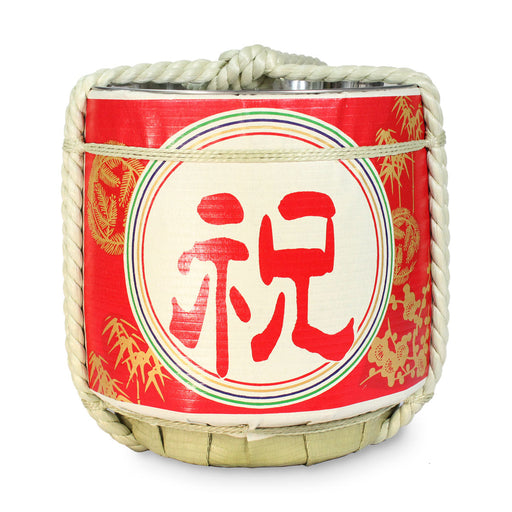 Sale
Sale
The golden designs of the lucky motif, "Shochikubai" (pine, bamboo and plum) are depicted on a red background. The kanji character, "Iwai" is simpl...
View full details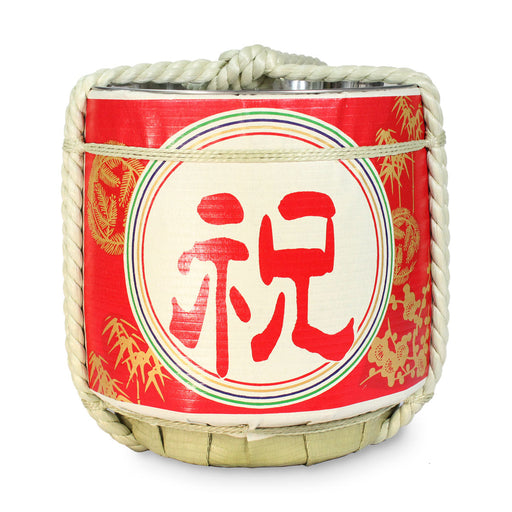 Sale
Sale
The golden designs of the lucky motif, "Shochikubai" (pine, bamboo and plum) are depicted on a red background. The kanji character, "Iwai" is simpl...
View full details